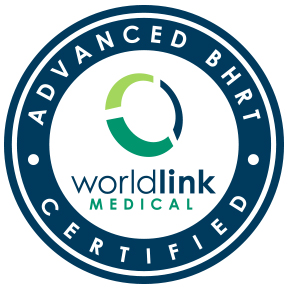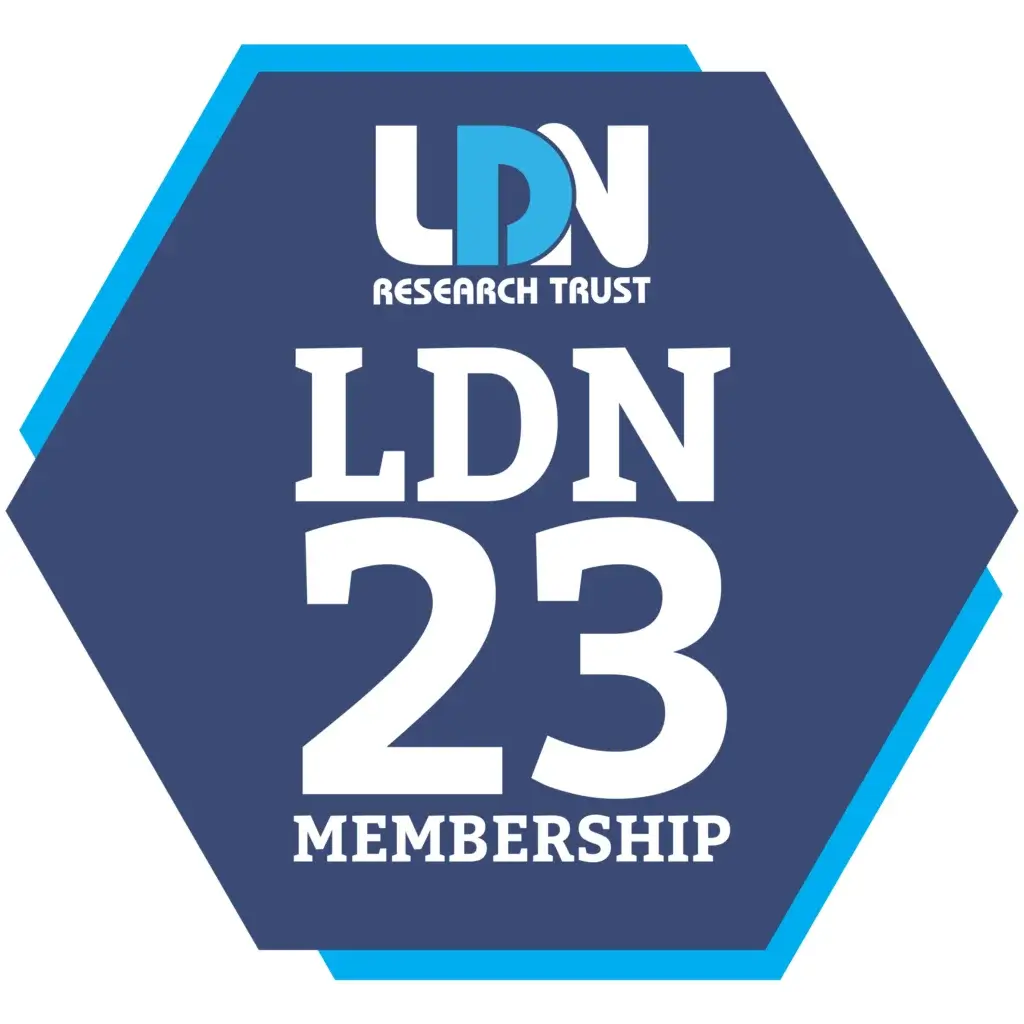What is Sleep Apnea?
Sleep apnea is a potentially serious sleep disorder where breathing repeatedly stops and starts during sleep. It is characterized by the repetitive closure of the pharyngeal airway during sleep. The pauses in breathing in Obstructive Sleep Apnea (OSA) are caused by a block or decrease in airflow that lasts at least 10 seconds.
Who is At Risk for Sleep Apnea?
OSA is often present in people with type 2 diabetes and more than half of people with diabetes have sleep disturbances, with one-third having OSA. Sleep apnea is more common in men and in people that are overweight and over age 40, with moderate to severe OSA being present in 4% of females and 9% of males. Postmenopausal women, however, can catch up to men.
Other risk factors associated with sleep apnea include:
- large neck
- anatomic narrowing of airways
- chronic nasal congestion
What are the Potential Health Consequences of Untreated Sleep Apnea?
Short-term Health Risks:
- sleepines
- increased traffic and workplace accidents
- decreased concentration
Long-term Health Risks:
- hypertension (high blood pressure)
- cardiovascular disease (including increased risk for heart attacks, increased risk of sudden cardiac death, heart failure)
- depression/irritability
- mood changes
- memory problems, including dementia (due to insufficient oxygenation)
- impotence
- weight gain
- sore throat
- dry mouth
Untreated sleep apnea is also associated with increasing insulin resistance, and increased insulin resistance has been associated with increasing severity of OSA. Studies have reported that among people with diabetes, sleep duration and quality were significantly linked with HbA1c levels.
How to Diagnose Sleep Apnea:
The person with sleep apnea is rarely aware of having difficulty breathing at night, therefore it is often undiagnosed. Sleep apnea is often first noticed by the persons partner, and describes snoring or sounds of choking. Other symptoms might include:
- daytime sleepiness
- headaches
- difficulty concentrating
Based on these symptoms the healthcare provider may refer you to a sleep disorder center. The evaluation may involve overnight monitoring of your breathing, blood oxygen levels and other body functions (brain waves and heart rhythms). However, your healthcare provider may have access to a “home sleep study” apparatus, and you can therefore, stay in the comfort of your own home for the testing. This new option improves the likelihood of the patient following through, and thus receiving the necessary treatment. It may also be more cost-effective.
OSA can range from mild to severe and is based on the mean number of apnea and hypopnea episodes per hour of sleep. The Apnea-Hyponea Index (AHI) is the primary measure of OSA severity.
Treatment of Sleep Apnea:
Lifestyle Adjustments:
1) Weight Loss: The most potent modifiable risk factor for OSA is weight.
Research has shown that one standard deviation difference in BMI (body mass index) is associated with a 4-fold increase in AHI). Research, though scant at this point, shows a direct correlation between weight loss and a decrease in AHI. Weight loss of 9% to 20% have been associated with reductions in AHI of 30% to 74%. Research has shown that even with weight gain, the AHIs seem to stay lower than before weight loss, which the reason is not yet completely understood.
2) Avoiding Alcohol: alcohol worsens sleep apnea
3) Avoiding Sleeping pills
4) Quitting smoking: smokers are three times more likely to have sleep apnea
Continuous Positive Airway Pressure (CPAP):
CPAP is a treatment in which a mask is worn over the nose and/or mouth while sleeping. The mask is connected to a machine that delivers a continuous stream of compressed air. The positive pressure helps keep the airways open so that breathing is not impaired. The CPAP machine does not breathe for you. You can continue to breathe in and out normally on your own. Adjusting to using CPAP may take some time. It is important to work closely with your CPAP supplier to make sure that you have a CPAP mask that suits your needs and fits you.
There are many styles of masks. Some have a full face mask, while other masks feature a nasal pillow that just fits under the nose. It is important to get a good fit so that you will be comfortable and get the full air pressure that you need. If you are having difficulty tolerating forced air, there are newer machines that have a “ramp up” feature which allows you to start with low pressure.
Using a CPAP machine may take some time to get used to, but it is important that you stick with it. Using a CPAP regularly can positively affect your quality of life and your health.








